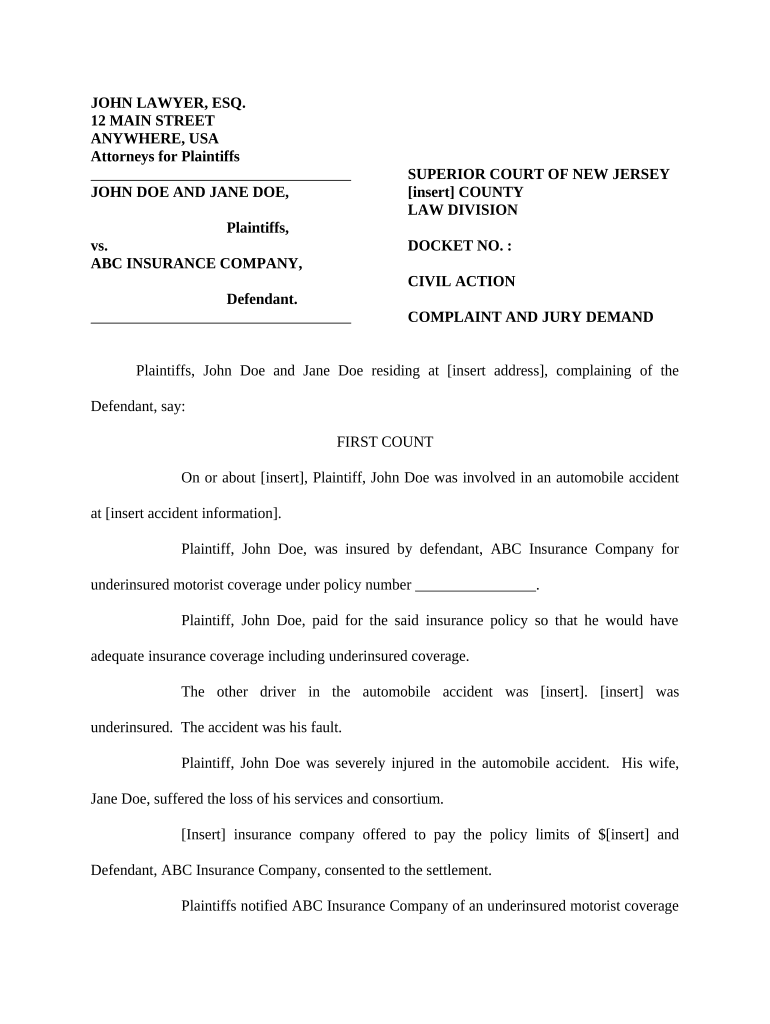Civil Court Form Finder – If you’ve been selected to represent clients in civil court proceedings, you might be required by the court to fill out several forms. It is possible that you will be required to send them in hardcopy or download the forms on the court’s website. Other online forms may also be available. However, you should be sure they’re appropriate to your particular situation prior to using the forms.
Fill in the blanks of this form
The Supreme Court Administrative Office maintains a large inventory of unfilled court forms, which are classified by the type of legal problem. The forms can be found by entering their number or name.
If you want to create a legal document, the first step is to find an appropriate form to meet the situation. Some forms contain case titles separate from the names of the parties through spaces.
When you fill out the form, make sure to carefully read the instructions. In some cases you might be asked to sign or to state the manner in which documents were served. Be sure to have copies that are single-sided as well. If you use the paper again it will not be necessary to duplicate it.
Request limited status in order to receive an electronic copy of the document
It can be challenging to get a the limited status of an electronic civil court form. There are a variety of things to think about, including the legitimacy of the form and its compliance with the format specifications. It is essential to ensure that you are conforming to Minnesota Supreme Court regulations.
Electronic filing demands documents to be legible and stamped with an official stamp. Additionally, the document should be delivered in an envelope that is addressed correctly and be given to the county clerk. If there’s a doubt the document will be inspected for authenticity.
The EFCIV23 form is required in order to inform the people that your electronic submission is now converted. In exceptional circumstances, you must also serve this form with your commencement paperwork.Additionally, you must use EDDS to submit the paperwork to the court.
Send original copies of exhibits.
You may need to submit exhibits in physical copies to specific countries. Documents are typically uploaded via the internet. You’ll need to provide the court a duplicate of any electronic file that you’ve provided.
Fill in all forms for court. A precise and complete filling out each section of the forms is mandatory. There are many unfilled spaces inside the forms. It’s always a good idea to speak with a lawyer before completing a form if you are unclear about the best way to fill it in.
Hard copy exhibits must be distributed to every party with a supporting document like the Notice of Hard Copy Exhibit Filing. It is possible to use a web-based service such as Odyssey File and Serve or the EDDS mail system to serve.
The online forms may not be suitable for your specific situation.
If you are interested in using court forms online, you need to first talk to an attorney. This way you’ll learn about your rights and choices. If you do not retain legal counsel,, you will be in control of your legal affairs. You could be subject to disciplinary proceedings or civil fines, such as one for practicing law with no a license.
Some courts provide self-help resources via their websites. Some do not. The Alaska Court System developed certain forms. One of these forms is the complaint, which can be found here. A form for complaint that is interactive also known as a form, can be found here.
When you are satisfied with the completed form Print it out and hand it to the court. Additional forms are available on the court’s website. Certain forms require computer software. Computer programs are created to answer questions, collect information, and create forms.


